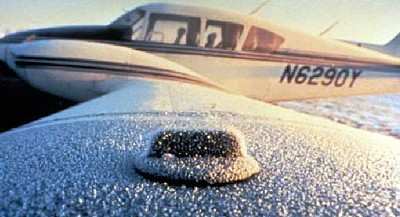As an automotive tech, I've dealt with these issues on vehicles (mostly field trucks) where the evap canister vent gets plugged with dirt. The result is the fuel tank will be drawn into a vacuum and can potentially collapse as the engine is running. It will even cause issues where the engine will stall or run rough from fuel starvation (since the pump won't be able to create suction when there is a vacuum in the tank).
Do you run into this with aircraft? I was thinking about gravity fed fuel systems and how that could potentially become a very serious problem if it can actually happen. Even an A/C running an actual pump could get nailed by this too. What would the tell-tale sign be with something like that? Aside from engine performance issues, you must be able to hear a massive rush of air be drawn into the tank when taking the fuel cap off, no? Have any AME's had issues with collapsed tanks? That must be a tough one to notice as its all hidden in the wings (not like when I deal with cars where I just take a look underneath to see if the tank has been permanently damaged).
I'm just thinking if its possible, and you didn't notice the tank was under vacuum when you removed the cap to fill with fuel, you could potentially be filling up a collapsed tank. If you didn't pay much attention to the actual volume filled and rather went by the visual of a full tank then you could really be in trouble when you depart since you could have far less fuel on board than what you thought, and also deal with potential fuel starvation issues......or am I just crazy??



